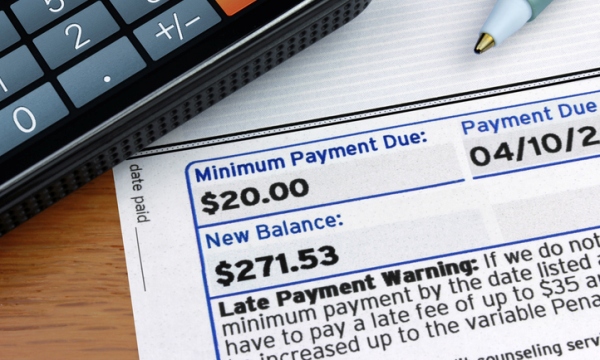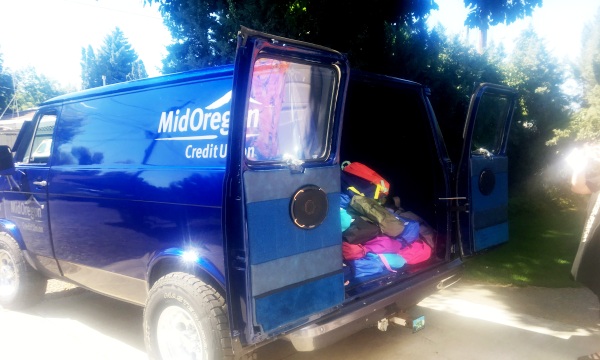January Credit Card Hangover?
So it’s January, and many of us are getting our credit card statements showing all of our holiday gift transactions. Is it worse than you expected? Or did you decide to go the credit card route intentionally to supplement what you were able to budget in advance?
In any case, you need to make your payments, so what should you do? Here are some suggestions to help you manage your credit card debt, and hopefully save you money. Putting you in a better position for next year would be a bonus.
The Minimum Payment Trap
Minimum payments on credit cards are now between 1% to 4% of the balance due. While paying the minimum will satisfy your credit card provider, it’s not a good lon-term strategy. If you can afford higher payments each month, you’ll benefit over the long haul. If you can’t afford to pay this percentage of your balance, chances are you’re in over your head.
Consider the example of a $2,000 balance at 18% interest. If your minimum payment is 2% of the balance due each month, it will take you about 19 years to pay it off and you’ll pay $3,862 in interest. (A 2% minimum payment would start at $40 and taper to $20. Maintain the $40 and you’ll pay off the debt faster.) If your interest rate is over 18%, the cost and time increases.
If you’re paying 4% of the balance due, you’ll pay off the balance in seven years and four months and cut your interest costs to $1,031. (A 4% minimum payment starts at $80 and tapers to $20.)
By paying 8% of the balance due, much more than minimum, it will take you three years and nine months to pay off, and you’ll pay about $433 in interest. (An 8% minimum payment starts at $160 and tapers to $20.) Remember, these calculations assume you add no more charges to the card.
Always pay at least the minimum amount due so you don’t incur a late fee, and if possible, charge only as much as you can pay in full each month or within a few months.
The Debt Snowball
Have you heard of paying off your debt using a debt snowball? It works if you have more than one credit card to pay off. The debt snowball method is a great way to get started and stay on track. To better describe a debt snowball, below is an excerpt from Dave Ramsey’s blog article “How the Debt Snowball Method Works“:
“When you were a kid rolling a snowball in the backyard, the best way to do it was to pack some snow into a tight ball, then start rolling it through the yard. Your snowball would become a snow boulder much quicker than it would if you just built it up by hand. That’s exactly how the debt snowball method works.”
There are two schools of thought on this principal. One is to pay off the most expensive (highest interest) debt first, the other is to pay off the smallest debt first.
If reducing interest expenses is your priority, and paying off the expensive card first ultimately limits your debt costs and saves you the most money. Pay off your highest interest rate cards first while making minimum payments on all the rest. With the smallest debt methond, start with the lowest balance card. You’ll see faster progress, pay off more creditors quicker, and build on that success.
Lower Credit Card Rates
And if you’re paying high credit card rates elsewhere, check out Mid Oregon Credit Union’s credit cards for consistent savings. Not only do we have some of the lowest rates in Central Oregon, we have no balance transfer fees. So you could move your expensive card balances to our Visa credit card. Pay no fee, and save more on your interest payments. To see how much you might save, try our debt consolidation calculator.
If you’d like more information about our Visa credit cards, visit our Mid Oregon website, drop in to one of our seven Central Oregon branches, or send us an email with your request.
In any case, get started cutting down that credit card debt. With a plan and seeing it through, you’ll get rid of that hangover in no time!





